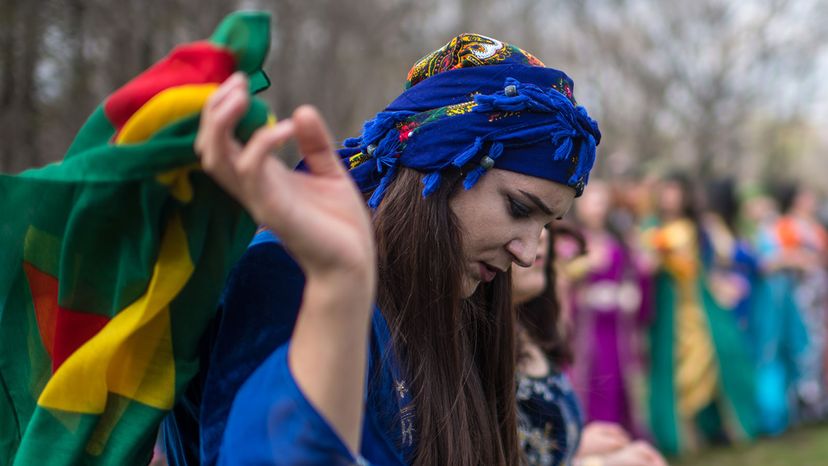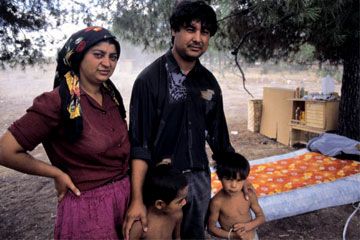
An estimated 10 to 15 million people worldwide are strangers in their own country. In many cases, they were born and raised in a country that denies them citizenship based on ethnic or religious discrimination. Since no government recognizes them, they can't get a birth certificate, attend school, see a doctor, own property or get married. In extreme cases, they are targets of violence and human trafficking.
These millions of stigmatized individuals worldwide are known as "stateless," defined by international law as "a person who is not considered as a national by any State under the operation of its law." Some stateless people are refugees, because they have fled their homeland to find refuge in another country, but not all refugees are stateless. Nor are most stateless people refugees.
Advertisement
The United Nations High Commissioner for Refugees (UNHCR) estimates that a third of all stateless people are children and more than 75 percent are members of a minority group. Because stateless people, like refugees, are vulnerable to serious human rights abuses, the UNHCR launched the #ibelong campaign in 2014 to eradicate statelessness in 10 years.
The Kurdish people are probably the best-known (and largest) stateless nation, but you've probably also heard of other stateless groups, like the persecuted Rohingya in Myanmar and the Palestinians. We visit five prominent stateless nations to find out how they got that way.
Advertisement

